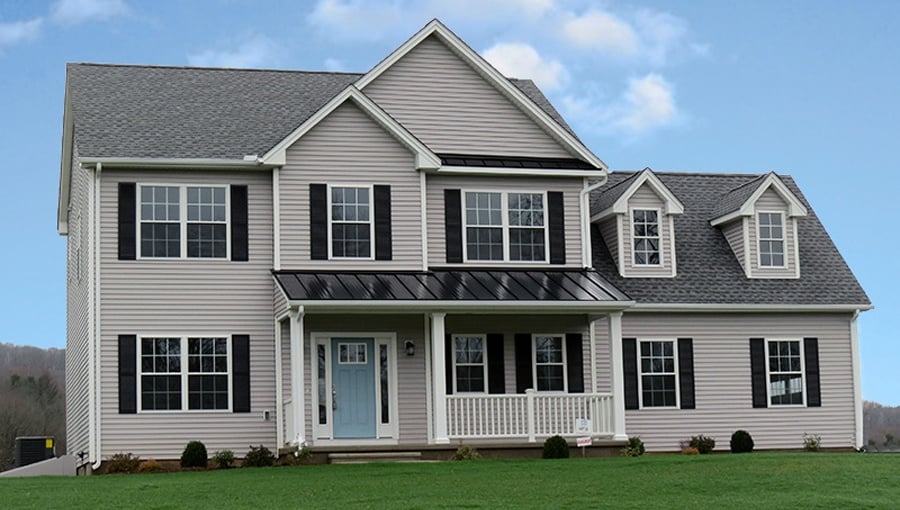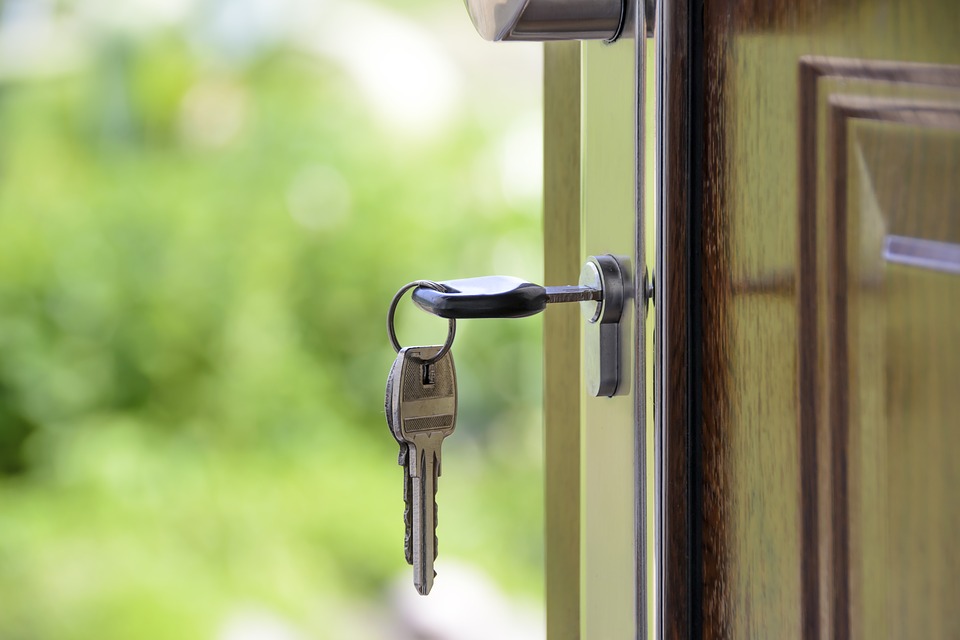How Do You Buy a New Home When You Have an Existing Home to Sell?
Building your dream home can be a great experience. You finally have the chance to create the home you've always wanted, with all of the right features, in just the right place. Sometimes, however, there's something that can keep Connecticut homeowners from pursuing that dream. How do you buy a new home when you have an existing home to sell?
Let’s look at three things you can work on that will allow you to pursue your dream home.
1. Make Your Current Home Sellable and Desirable
Take a hard (and honest) look at your existing home. Are there things about your home that make it less than attractive to potential buyers? This can be a tough task if you've been living in your home for a while. It's easy to get used to imperfections and shortcomings. As homeowners, we learn to live with some of these things until we don't even notice them anymore.

You might want to enlist the support and unvarnished opinion of a good friend or relative who will be brutally honest with you. You might even contact a real estate agent and have them look at your home (before listing it) so that they can give you specific feedback about what you need to change to make your existing residence more marketable.
Consider some “freshening up” of your home. Sometimes the things that need to be done don’t require a full-blown remodeling or renovation. Here’s an article that talks about increasing your home’s value with small repairs. Of course, you’ll also want to think about making your home attractive from the outside. Here’s a post that highlights some of the secrets to giving your home great curb appeal.
2. Get Your Finances in Order
It’s a good idea to talk to a trustworthy lender in advance. You’ll want to find out how much home you can really afford. A good lender will help you evaluate your current situation and let you know what kind of loan you’ll qualify for. They’ll look at the equity you have in your current home and help you figure out what additional steps you may need to take. What you don’t want to do is wait until too late and then miss out on an opportunity because you didn’t have your finances in order.
3. Arrange Temporary Housing
Timing can sometimes be a bit tricky when it comes to moving into a new home. While you can get a pretty good idea of how long it will take to build a new home (here’s a post that gives you a ballpark idea), there may be a gap between selling your existing home and moving into your completed new home. You may want to check out possible rentals. It can be a challenge to find short-term rentals (something less than 12 months). Sometimes homebuilders have a line on potential rentals. Or you may be able to work with a realtor who can help—knowing that you’re going to be purchasing a new home. One way to get around that potential delay is to look at a builder’s “Move-in Ready” homes. Click here to look at some of our existing inventory.
Obviously, the more you can plan ahead the better off you’ll be. That may begin with reviewing floor plans so that you know what you really want. But it also means doing a bit of homework to see what your existing house is worth on the current market so that you have a better idea of what you’ll need for finances. You’ll also want to get a handle on rental pricing so you’ll be aware of expenditures in the event that you have to pay rent and make mortgage payments.







